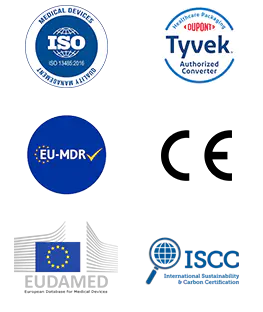With the rise of stringent safety protocols and regulatory expectations, facilities are looking for tools that offer dependable performance across different sterilization methods while supporting efficient workflow. Among the options on the market, certain heat sealing sterilization pouches have gained attention for their potential to enhance sterile management practices.
Content
Versatility Across Sterilization Techniques
One key consideration for medical and laboratory professionals is whether a single type of pouch can accommodate multiple sterilization approaches. Many facilities employ a combination of steam, ethylene oxide (EO), and dry heat sterilization, depending on the materials and instruments being processed. A heat sealing pouch designed for general compatibility can reduce the need for multiple packaging formats and simplify inventory management.
These pouches are typically made from a combination of paper and medical-grade films. The design ensures that sterilizing agents can penetrate effectively while maintaining the integrity of the sealed barrier. For steam sterilization, moisture permeability is crucial, whereas EO sterilization requires gas permeability without compromising the pouch's structural stability. Dry heat applications, on the other hand, rely on high-temperature resistance. A well-engineered pouch balances these requirements, allowing facilities to streamline operations without frequent changes in packaging materials.
Improving Sterile Management Practices
Sterile management extends beyond simply sealing instruments. Consistent sealing, clear visibility of sterilization indicators, and reliable barrier properties are all essential. Heat sealing pouches are designed to provide a uniform seal across a variety of equipment sizes. Clear indicators on the pouch change color when sterilization is successfully completed, offering visual confirmation for staff before instruments are stored or used.
Implementing these pouches into standard procedures can reduce the risk of contamination, ensure regulatory compliance, and support the overall efficiency of sterilization cycles. Facilities report that incorporating standardized pouches contributes to more predictable workflow, reducing errors associated with inconsistent packaging methods.
Enhancing Packaging Efficiency
Efficiency is a critical factor in any clinical or laboratory setting. Time-intensive sterilization and packaging processes can slow down operations and impact overall productivity. Heat sealing pouches are typically designed for rapid use with automated or manual sealing devices, enabling staff to process more instruments in less time.
Some facilities have integrated these pouches into pre-assembled kits, where instruments are packaged, sealed, and labeled in a single workflow. This approach minimizes handling and reduces potential exposure to contaminants. Furthermore, the flexible design of the pouches allows them to accommodate a range of instrument shapes and sizes, reducing the need for multiple packaging formats.
Key Considerations for Adoption
Before integrating a new type of sterilization pouch, organizations often evaluate several criteria:
|
Criteria |
Description |
|
Material Compatibility |
Ensures the pouch withstands different sterilization methods without damage |
|
Seal Integrity |
Provides consistent sealing to prevent contamination |
|
Indicator Visibility |
Allows clear monitoring of sterilization success |
|
Workflow Adaptability |
Compatible with existing sterilization and packaging processes |
|
Storage and Handling |
Durable enough for storage and repeated handling without compromising sterility |
By assessing these factors, facilities can determine whether a specific pouch meets operational requirements while supporting safety and compliance standards.
Regulatory and Safety Compliance
All medical packaging must adhere to local and international regulations to ensure patient and staff safety. Heat sealing pouches are manufactured under strict quality management systems to comply with relevant guidelines. Labels and indicators provide documented proof that sterilization conditions were met, supporting regulatory reporting and audit readiness.
While marketing materials often emphasize convenience and ease of use, the core value lies in maintaining the sterile chain from processing to use. Organizations are encouraged to conduct in-house testing and validation when adopting new products to ensure that they meet the facility's unique sterilization protocols.
Trends in Sterile Packaging
The industry is gradually moving toward solutions that offer both efficiency and adaptability. Automation, standardized workflows, and multi-method compatibility are increasingly prioritized. Pouches designed with uniform sealing areas and flexible sizes help meet these emerging needs.
Additionally, eco-conscious designs are gaining traction. Some manufacturers are exploring recyclable films or reduced-paper options while maintaining functional integrity. These developments align with broader efforts to reduce waste in medical settings without compromising safety or regulatory compliance.
Practical Insights from Healthcare Facilities
Several institutions have shared insights into the practical impact of these pouches on daily operations:
- Workflow Simplification: Staff can package instruments more quickly due to intuitive sealing design and size adaptability.
- Enhanced Monitoring: Sterilization indicators provide immediate confirmation, reducing uncertainty and potential errors.
- Inventory Management: Standardizing on a versatile pouch type helps reduce storage space and simplify ordering.
While experiences may vary, these trends suggest that adaptable heat sealing solutions are increasingly valued in environments where both efficiency and safety are essential.
In the evolving landscape of sterile packaging, choosing a pouch that accommodates multiple sterilization methods, supports workflow efficiency, and adheres to safety standards is critical. With careful selection and proper implementation, facilities can improve their sterile management processes, reduce contamination risks, and maintain regulatory compliance. Modern heat sealing solutions exemplify the type of tools that meet these criteria while responding to the practical needs of healthcare and laboratory professionals.
By focusing on usability, adaptability, and consistency, these pouches contribute to a safer, more efficient environment, demonstrating that advancements in sterile packaging can meaningfully impact both operational performance and patient safety.

 English
English Français
Français Deutsch
Deutsch Nederlands
Nederlands

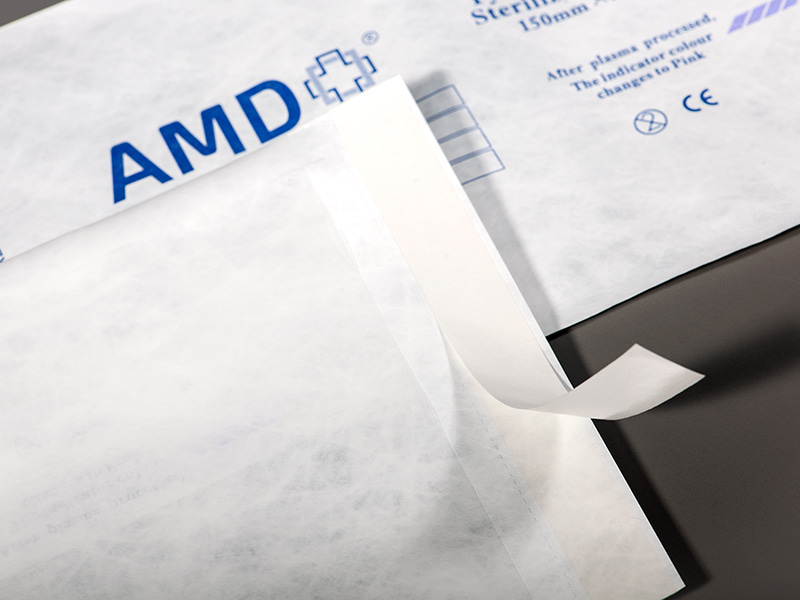
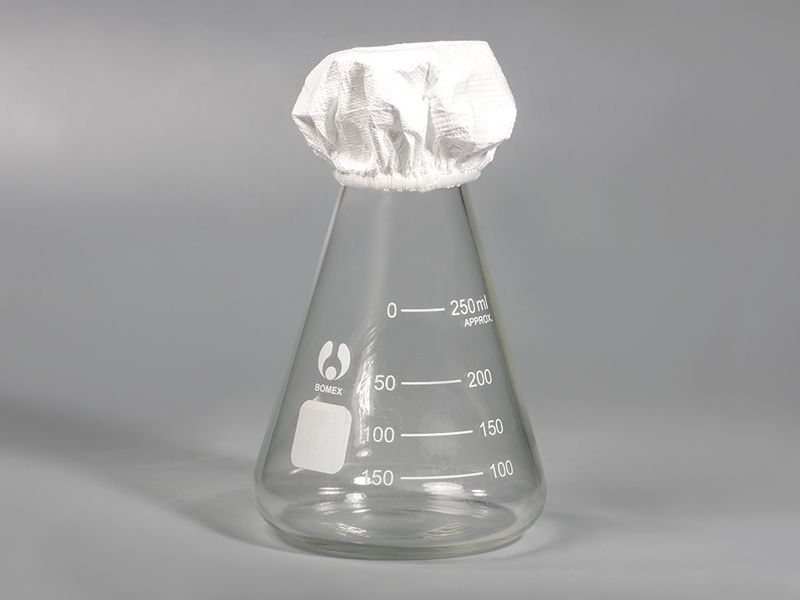



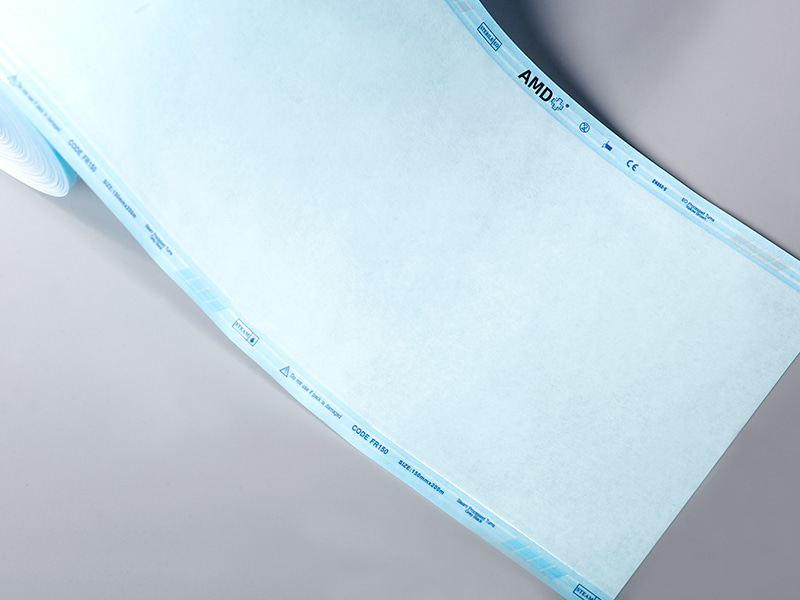
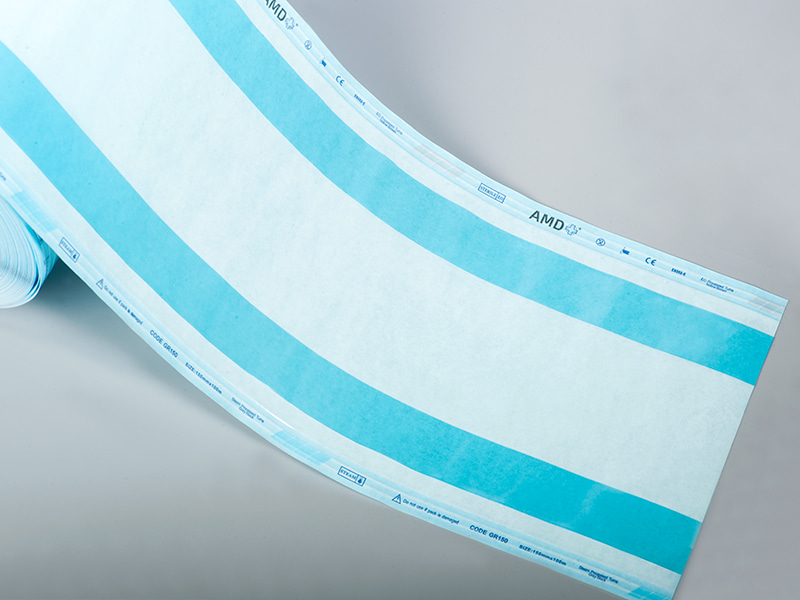





 ‘s-Gravenweg 542, 3065SG RotterdamThe Netherlands
‘s-Gravenweg 542, 3065SG RotterdamThe Netherlands
 +31 (0)10 254 28 08
+31 (0)10 254 28 08
